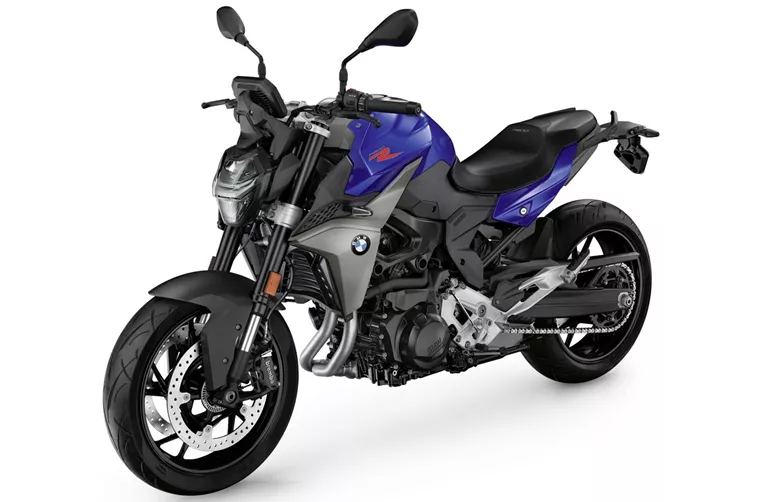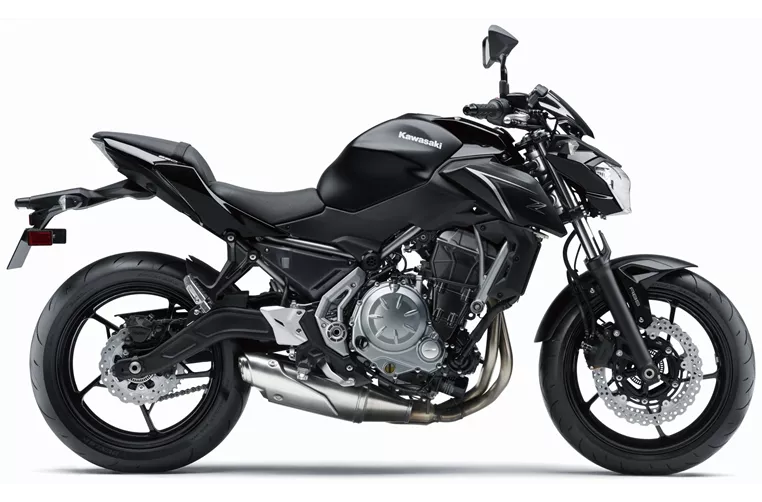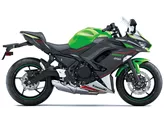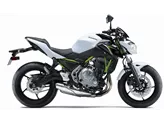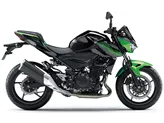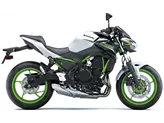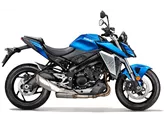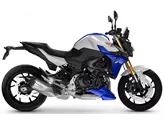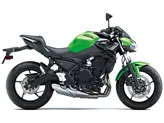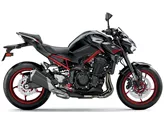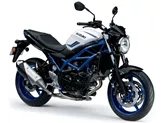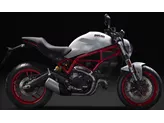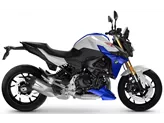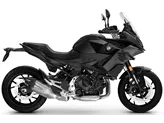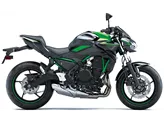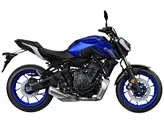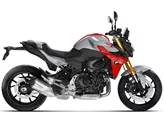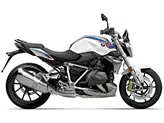BMW F 900 R 2020 vs. Kawasaki Z650 2017
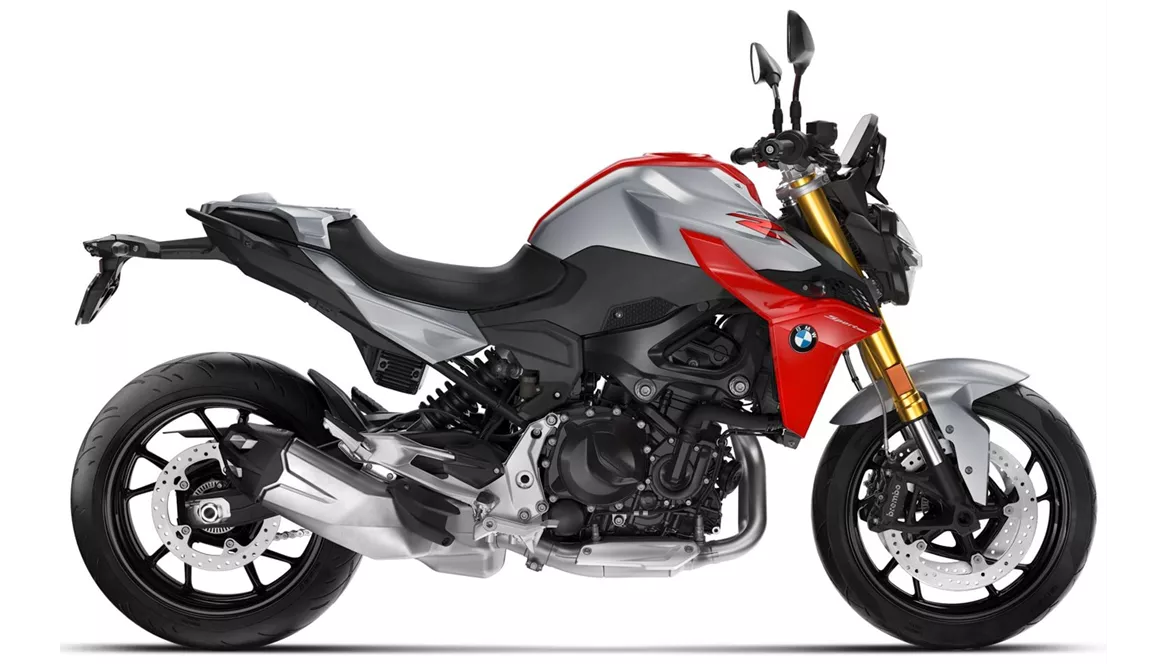
BMW F 900 R 2020
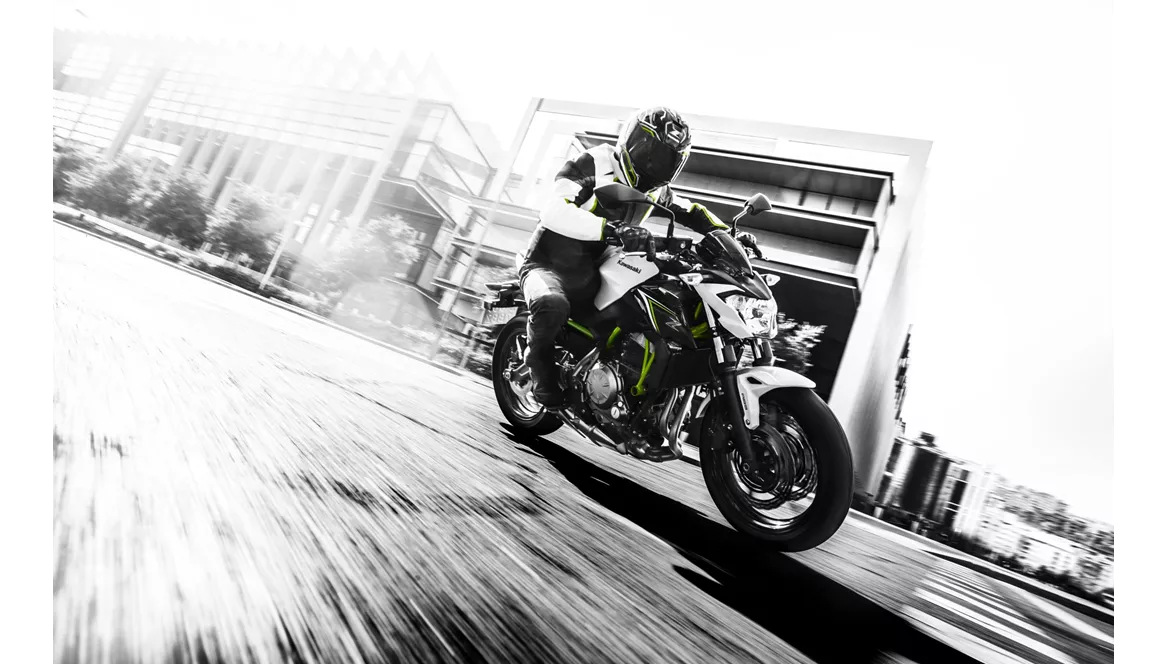
Kawasaki Z650 2017
Overview - BMW F 900 R 2020 vs Kawasaki Z650 2017
The BMW F 900 R 2020 and the Kawasaki Z650 2017 are both naked bikes with similar engine types, fuel systems, and cooling systems. However, there are notable differences between these two models in terms of engine power, torque, suspension, brakes, dimensions, and weights.
In terms of engine power, the BMW F 900 R 2020 has a significant advantage with 105 HP compared to the Kawasaki Z650 2017's 68.2 HP. This means that the BMW F 900 R offers more power and acceleration, making it a more exciting and dynamic ride.
Similarly, the BMW F 900 R 2020 also has a higher torque of 92 Nm compared to the Kawasaki Z650 2017's 65.7 Nm. This higher torque allows for better low-end power and responsiveness, making it easier to navigate through city traffic or accelerate quickly on the open road.
Both bikes feature a swing arm suspension at the rear, but the BMW F 900 R 2020 has the added benefit of preload and rebound adjustment, allowing for more precise tuning and customization of the suspension setup. The Kawasaki Z650 2017 only offers preload adjustment, limiting the rider's ability to fine-tune the suspension to their preferences.
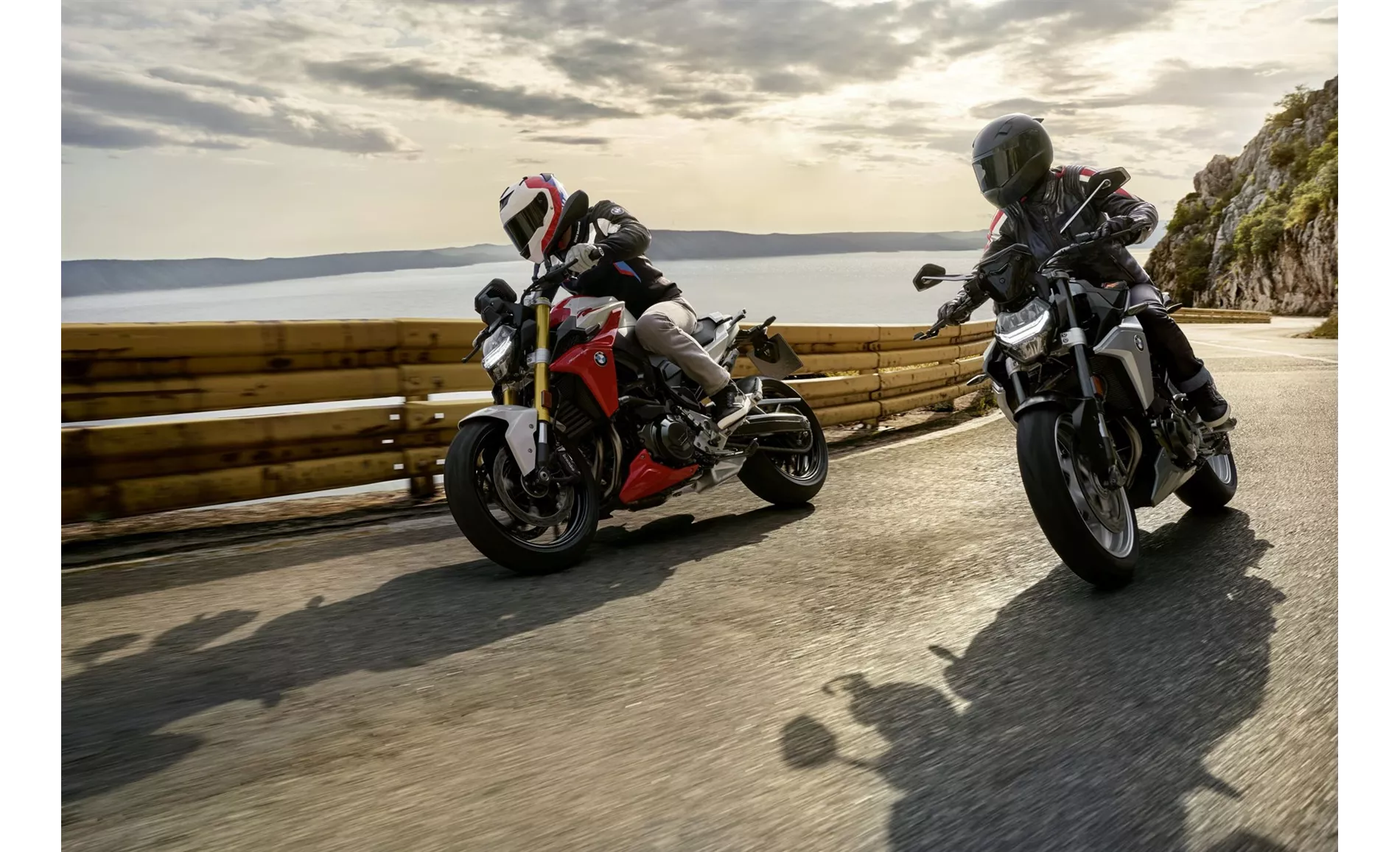
BMW F 900 R 2020
In terms of brakes, the BMW F 900 R 2020 has larger double disk brakes with a diameter of 320 mm and four pistons, compared to the Kawasaki Z650 2017's double disk brakes with a diameter of 300 mm and double pistons. The BMW F 900 R's radial technology also provides better braking performance and control.
In terms of dimensions, the BMW F 900 R 2020 has a longer wheelbase of 1518 mm compared to the Kawasaki Z650 2017's 1410 mm. This longer wheelbase contributes to the BMW's stability and handling at higher speeds.
The BMW F 900 R 2020 has a slightly higher seat height of 815 mm compared to the Kawasaki Z650 2017's 790 mm. This may make the BMW less suitable for shorter riders, while the Kawasaki may be more accommodating for riders with shorter legs.
In terms of weight, the BMW F 900 R 2020 is slightly heavier with a kerb weight of 211 kg compared to the Kawasaki Z650 2017's 187.1 kg. This may affect the maneuverability and agility of the BMW, especially at lower speeds.
The BMW F 900 R 2020 has a smaller fuel tank capacity of 13 liters compared to the Kawasaki Z650 2017's 15 liters. This means that the BMW may require more frequent refueling during long rides.
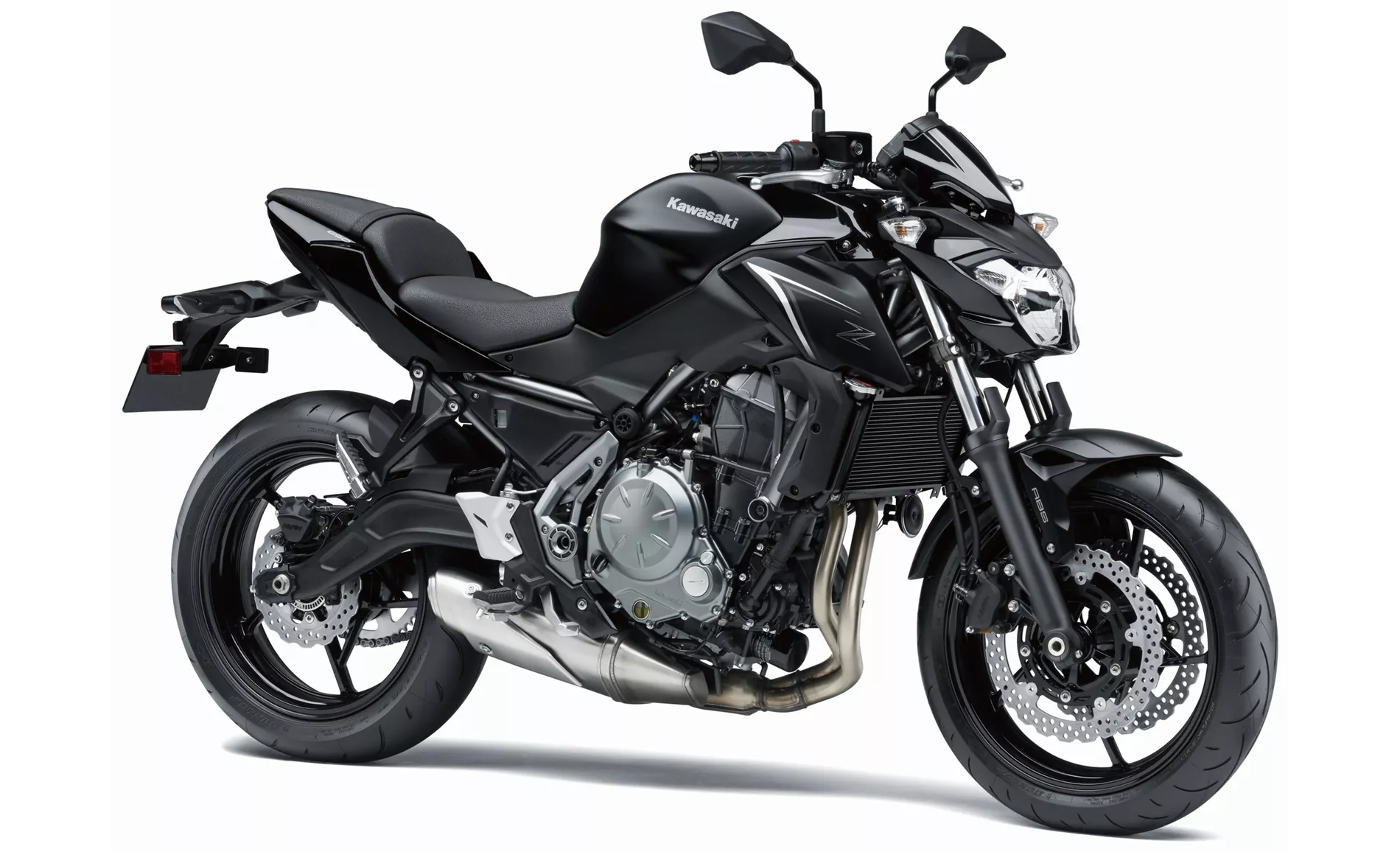
Kawasaki Z650 2017
In terms of strengths, the BMW F 900 R 2020 offers easy handling, high stability, and a chassis with a fine response. The well-behaved engine and faultless brakes contribute to its overall performance. Additionally, the BMW F 900 R 2020 has an active yet bearable seating position and an extensive list of accessories to choose from.
The Kawasaki Z650 2017, on the other hand, offers even power delivery, a sporty chassis, and compact dimensions. The negative display adds to its modern and sleek design.
In terms of weaknesses, the BMW F 900 R 2020 has a small fuel tank capacity of 13 liters, which may be limiting for long-distance rides. The Kawasaki Z650 2017, on the other hand, may not be suitable for taller riders due to its smaller size.
Overall, the BMW F 900 R 2020 offers more power, better suspension customization, and a wider range of accessories compared to the Kawasaki Z650 2017. However, the Kawasaki Z650 2017 may be more suitable for shorter riders and offers a slightly larger fuel tank capacity.
Technical Specifications BMW F 900 R 2020 compared to Kawasaki Z650 2017
Pros and Cons in comparison
Pros and Cons in comparison
BMW F 900 R 2020
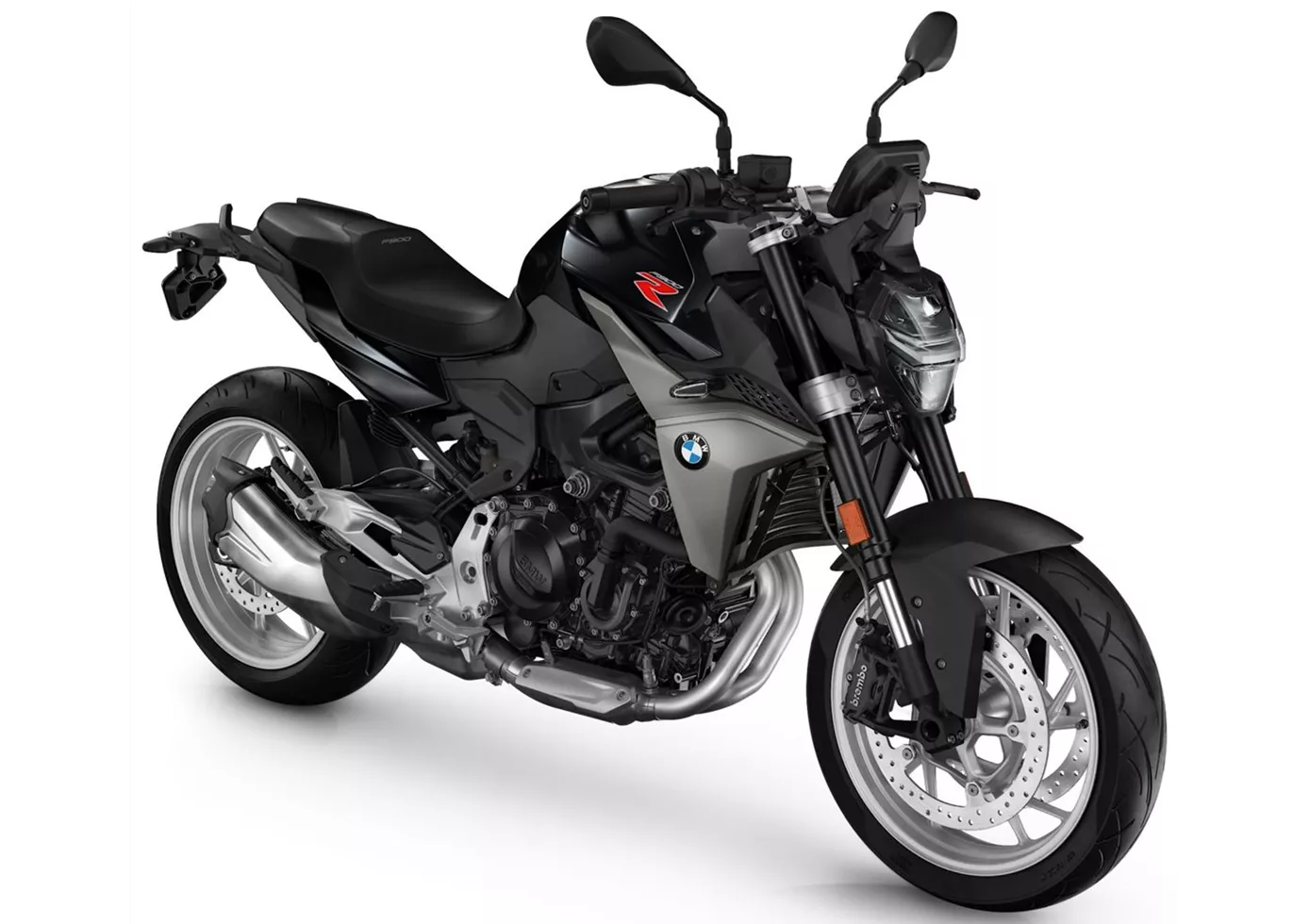
The BMW F 900 R offers easy-to-use cornering fun, enormously high stability, an active yet comfortable riding position and a smooth but also unemotional engine. Those who like it fast and twisty will be happy with it. The possibilities for configuration are almost endless but of course not free of charge.
Kawasaki Z650 2017
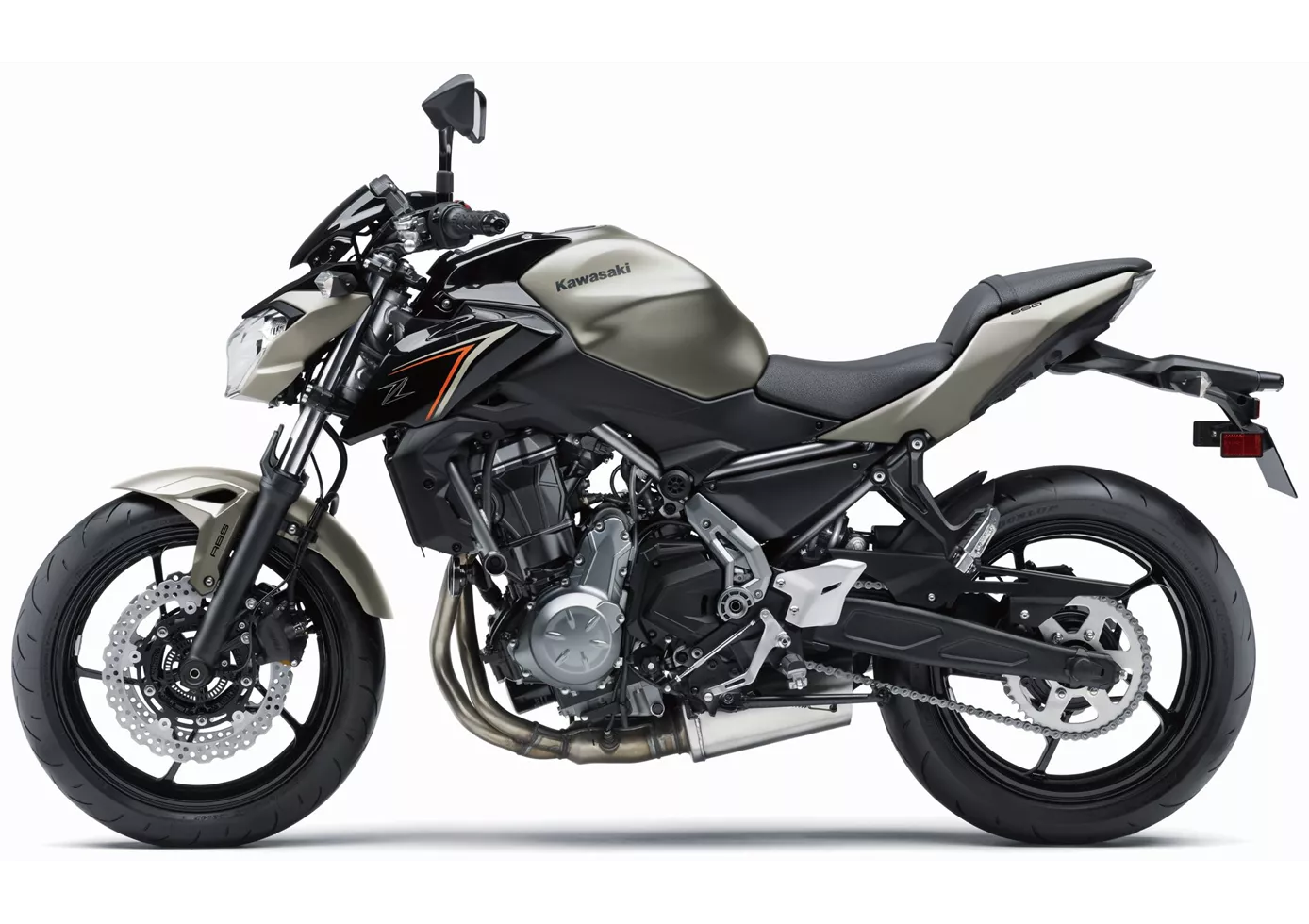
The Kawasaki Z 650 is the tip of the middle class for small male and female riders. On its compact dimensions, you probably won't feel comfortable as a giant. Heart-warming feelings, however, come from the engine, which delights with a very smooth pull. On the chassis side, a Kawasaki-typical tight set-up was chosen, which finds a great compromise in everyday use. The negative display is very easy to read and is reminiscent of its predecessor, the ER-6n - very nice!
Price Comparison Avarage Market Price BMW F 900 R vs Kawasaki Z650
There are a few key differences between a BMW F 900 R 2020 and a Kawasaki Z650 2017. In terms of price, the actual average price of a BMW F 900 R 2020 is about 57% higher. A BMW F 900 R 2020 experiences a loss of 710 GBP in one year and 710 GBP in two years of ownership. This is offset by a loss of 350 GBP and 520 GBP for a Kawasaki Z650 2017. Compared to Kawasaki Z650 2017 there are more BMW F 900 R 2020 bikes available on the 1000PS.de Marketplace, specifically 14 compared to 11. It takes less time to sell a Kawasaki Z650 with 76 days compared to 82 days for the BMW F 900 R. Since model year 2020 1000PS.de editors have written 24 reviews for the BMW F 900 R and 31 reviews for the Kawasaki Z650 since model year 2017. The first review for the BMW F 900 R was published on 05/11/2019 and now has more than 154,700 views. This compares to more than 25,000 views for the first review on Kawasaki Z650 published on 08/11/2016.
